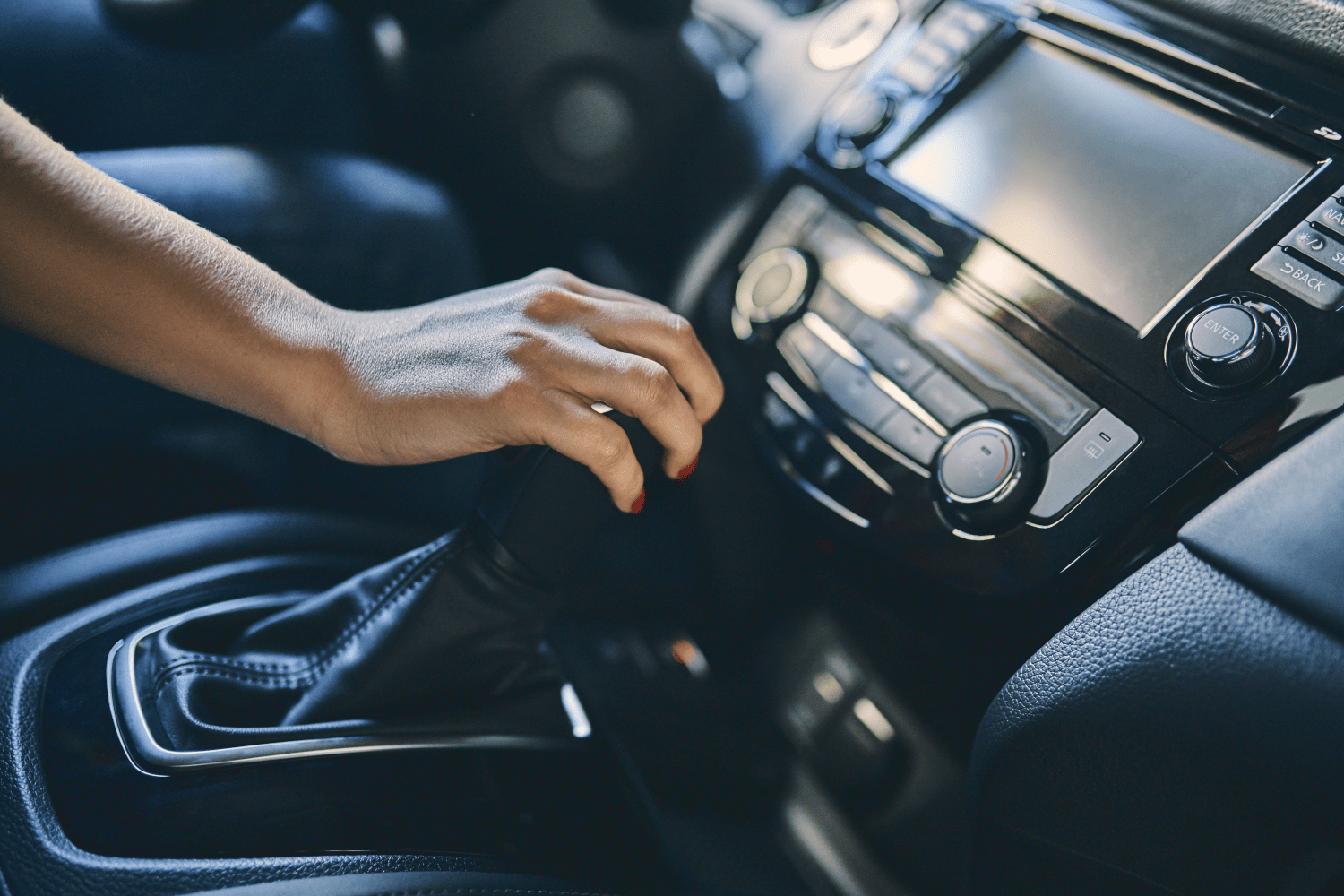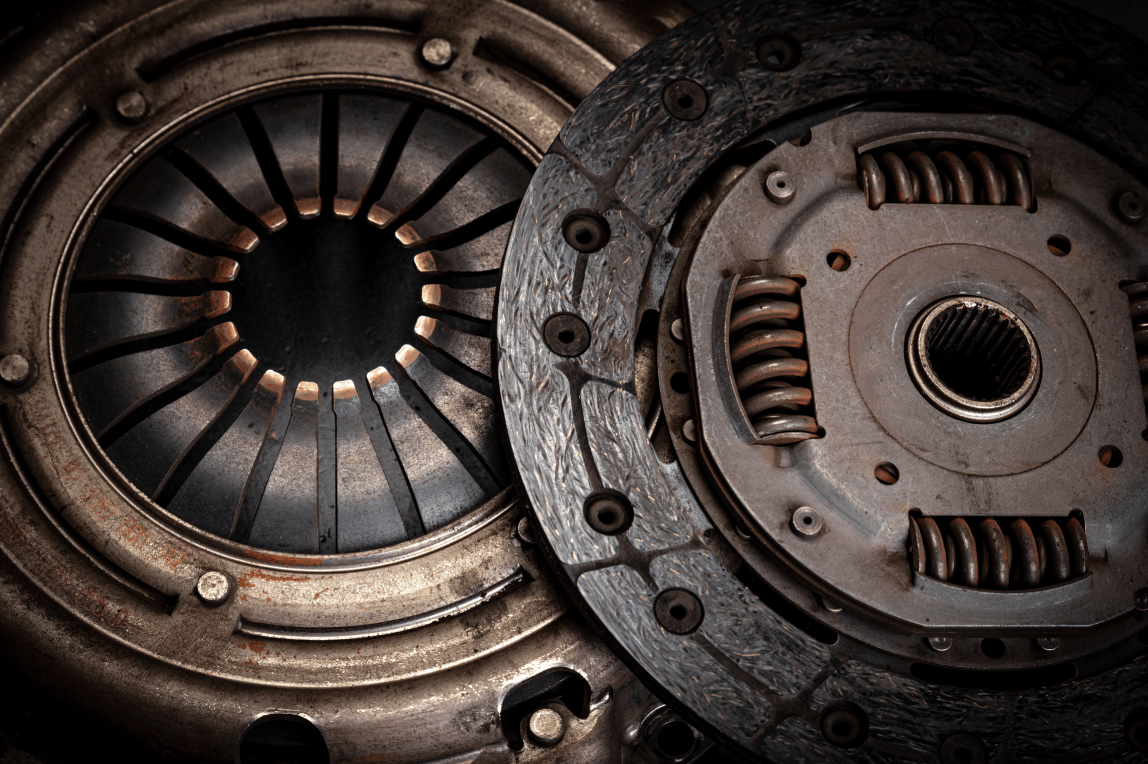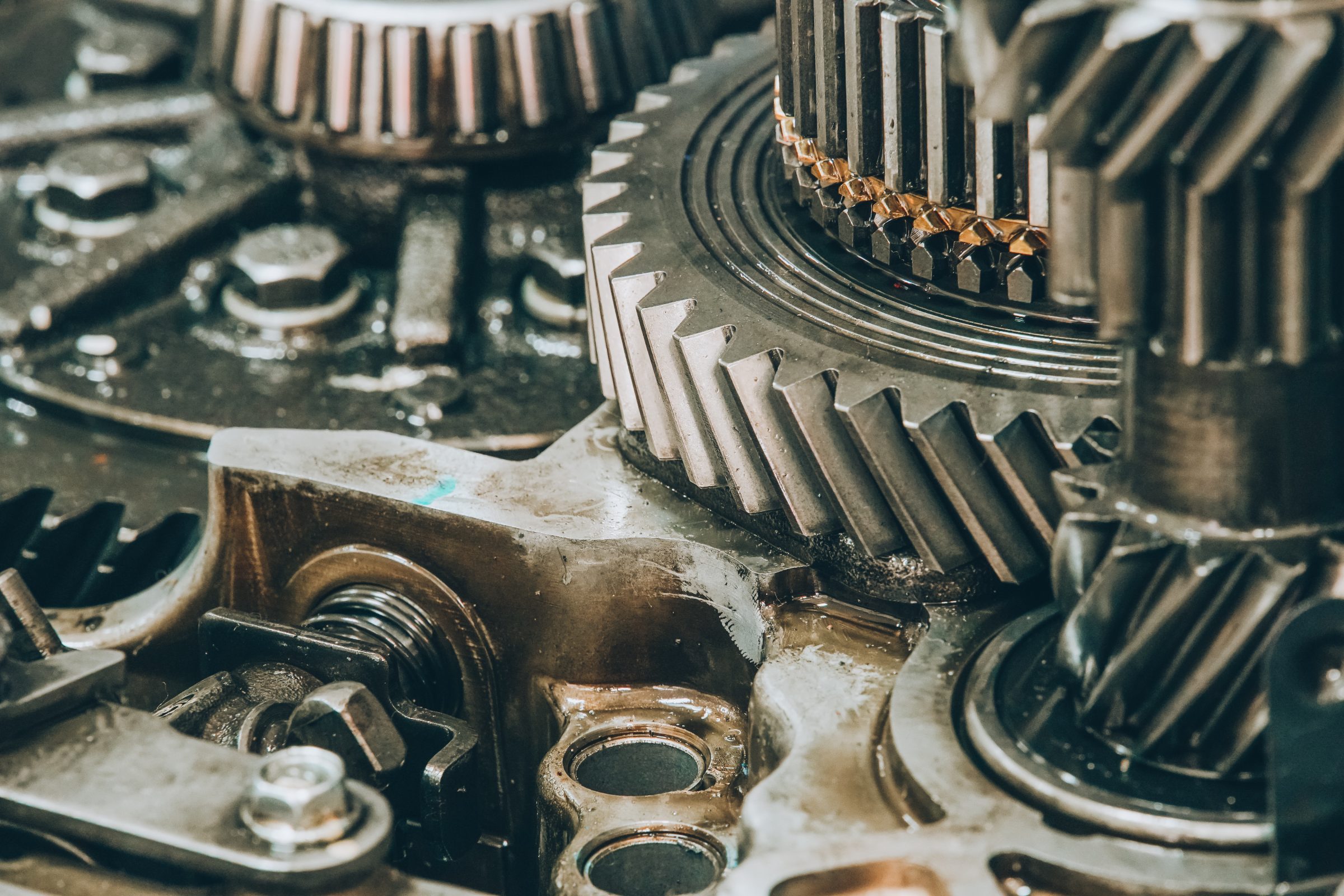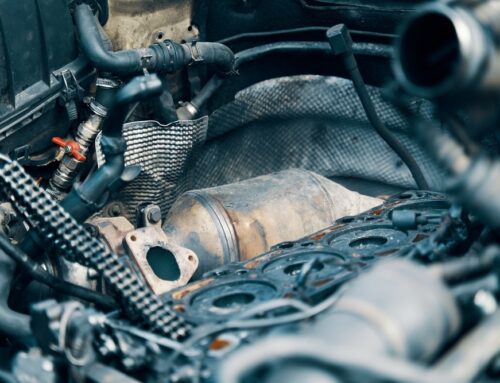A few practical tips
on how to save yourself from headaches
A manual transmission is usually the most reliable and technically the simplest type of transmission that you can have in your car. This is also why it is characterized by a long service life and high reliability. However, if you handle it incorrectly and do not pay it the necessary attention, it can make you headaches, while you spend hundreds, sometimes even thousands of euros repairing it. That’s why we bring you some practical tips on what to watch out for during driving and maintenance.
How does a manual transmission work?
Modern cars use synchronized manual transmissions, which usually have 5 or 6 gears. They consist of 2 basic shafts. An input shaft with fixed mounted gears is connected to the clutch and transmits the torque from the engine. The output shaft transfers the torque to the transmission, through which it then transfers to the wheels. The gears are loosely mounted, so until a gear is engaged, their revolutions are not matching with the revolutions of the shaft.
Before gear shifting, it is necessary to press the clutch pedal, which will open the clutch and the engine power will not be transmitted to the gears. When shifting gears, the gear gets in engagement with the output shaft. After releasing the clutch, torque is transferred from the engine to the wheels and the car gets in movement. Synchronization in the gearbox ensures a smooth connection of the gear with the output shaft without excessive wear of the gear teeth.
Common mistakes when driving with a manual transmission
If you want the manual transmission in your car to last reliably for as long as possible, avoid these mistakes and bad habits.
Placing your hand on the gear lever
The shift lever often has a pleasant shape, so it is literally tempting to put your palm on it while driving. However, it is better to avoid this habit. Long term, it damages the shifting mechanism and causes greater backlash.
Our advice: Also be careful about putting your foot on the clutch pedal while driving. Even a small pressure can cause increased slippage of the clutch, as a result of which the plates wear out faster.
Standing still with the clutch pressed
When standing still for a long time, for example at traffic lights, shift into neutral and release the clutch. If you leave the gear in and stand with the clutch pressed, you are putting unnecessary stress on the clutch bearing and shortening its life.
Improper handling of the clutch
When starting off, do not leave the clutch engaged for a long time. When you’re on a hill, don’t hold the car in place with the clutch with gentle engine revving. This will cause excessive wear of its slats.
Driving at too low revs
Avoid driving at low revs where the engine already rumbles and vibrates excessively. Such operation damages the flywheel and all components of the gearbox.
Remember: Always stop when shifting into reverse. If you try to shift into reverse while the car is still slowly moving forward, you will most likely hear a grinding noise that causes the teeth to grind and wear quickly.
Changing the oil in the manual transmission
Several car manufacturers no longer prescribe an oil change interval in manual transmissions because they claim that they are lifetime fills and do not recommend changing them. This is because a manual transmission with higher mileage (100,000+ km) shows signs of wear and leaks, and degraded transmission oil thus overcomes the shortcomings of the transmission. If exchanged with a new one, it could damage the transmission. However, experts still recommend changing the oil in the gearbox every 5-7 years, as the oil naturally degrades over time, which significantly affects its quality. Therefore, despite differing opinions, we recommend that the oil be checked, possibly topped up, and its condition checked at an authorized service center.
If you decide to change the oil, change it according to the instructions for your particular car. It is enough to drain the old oil and pour the correct volume of new oil through the appropriate hole.
Popular gearbox oils include DYNAMAX HYPOL 75W-90 GL-5 1L (gear oil for synchronous gearboxes suitable for trucks) and DYNAMAX HYPOL 80W-90 GL-4 1L (especially suitable for older cars where current standards are required). Choosing the right oil for your particular car may not always be easy, as the viscosity class is often not listed in the vehicle manual. We therefore recommend using our product search engine, in which you just need to enter basic data about your vehicle. Based on them, you will be shown the suitable types of oils and the required volumes.







